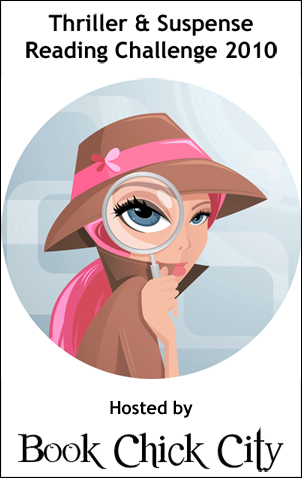Okay, so? What does that mean?
I will attempt to explain the concept to you today.
Here's an example:
TELL:
Marion was depressed and angry.
SHOW:
Marion sat in front of the blaring telly with her head down.
"Why aren't you watching Spongebob?" her mother asked. "It's your favorite show."
Marion looked up, her eyes puffy and red. "I'm a big girl now. I don't watch those silly cartoons anymore. Why do you treat me like a child?" She ran to her room and slammed the door.
Writing is emotionally powerful when it engages the reader. Rather than classify and list all the emotions that the character felt, use specific details that give the reader a reason to feel the emotions the characters want to express.
"Telling" communicates facts; "Showing" invites understanding
How do you tell if your writng has TELLING moments rather than SHOWING?
1) Take the rough draft and read through it for adjectives. Circle each one, such as "happy" or "tall." Analyze each one. Is there a way to pull the adjective out altogether and show it instead?
2) Another way to avoid telling is to do a search for "was" in your document. While "was" isn’t always used in telly situations, probably 80% of the time, it is. If you find a case of "was," you very likely found a case of "tell."
Sources: here and here and here




















2 comments:
This one is still a challenge for me. I can catch it in other people's writing but have trouble in my own. I catch it in additional drafts, but it's crazy how well I know this rule and still overlook it in a first draft.
Thanks for posting. :)
Very helpful post. I am working through a few of my own tell instead of show moments and it is a tricky one to firstly identify and then to improve.
Post a Comment